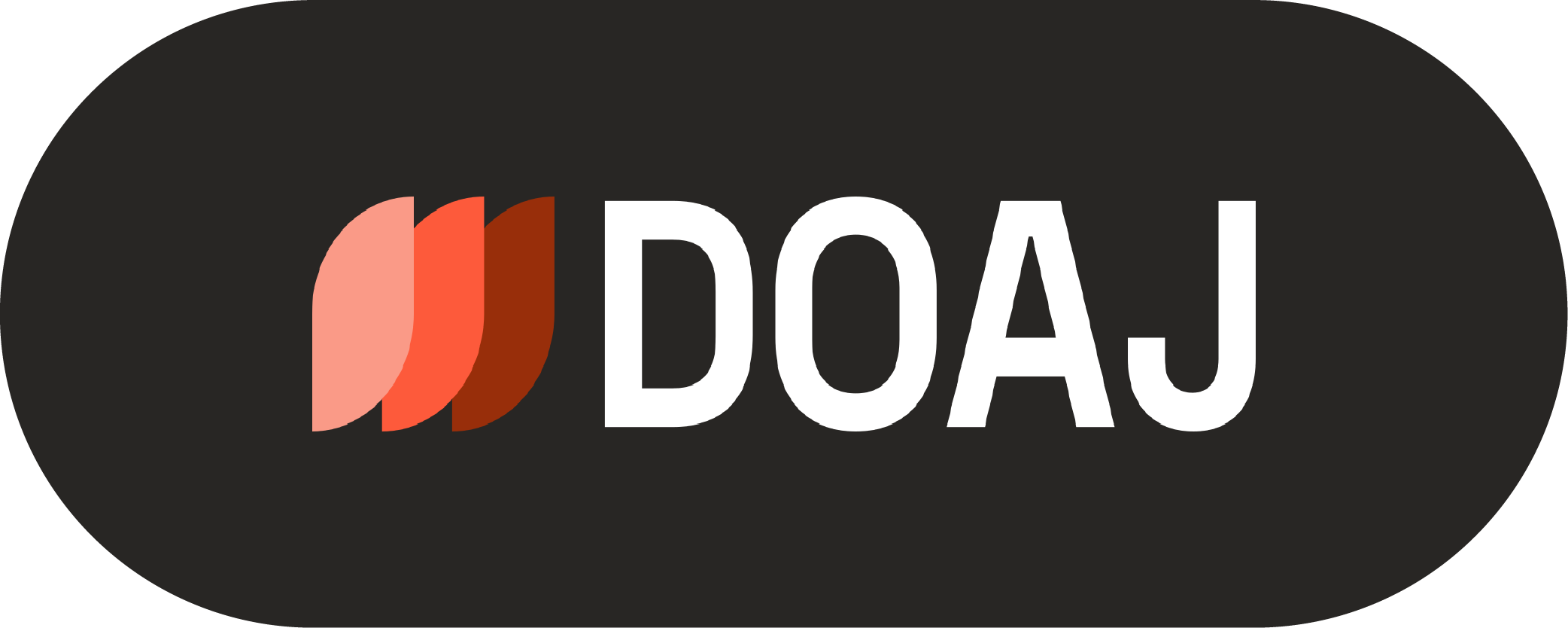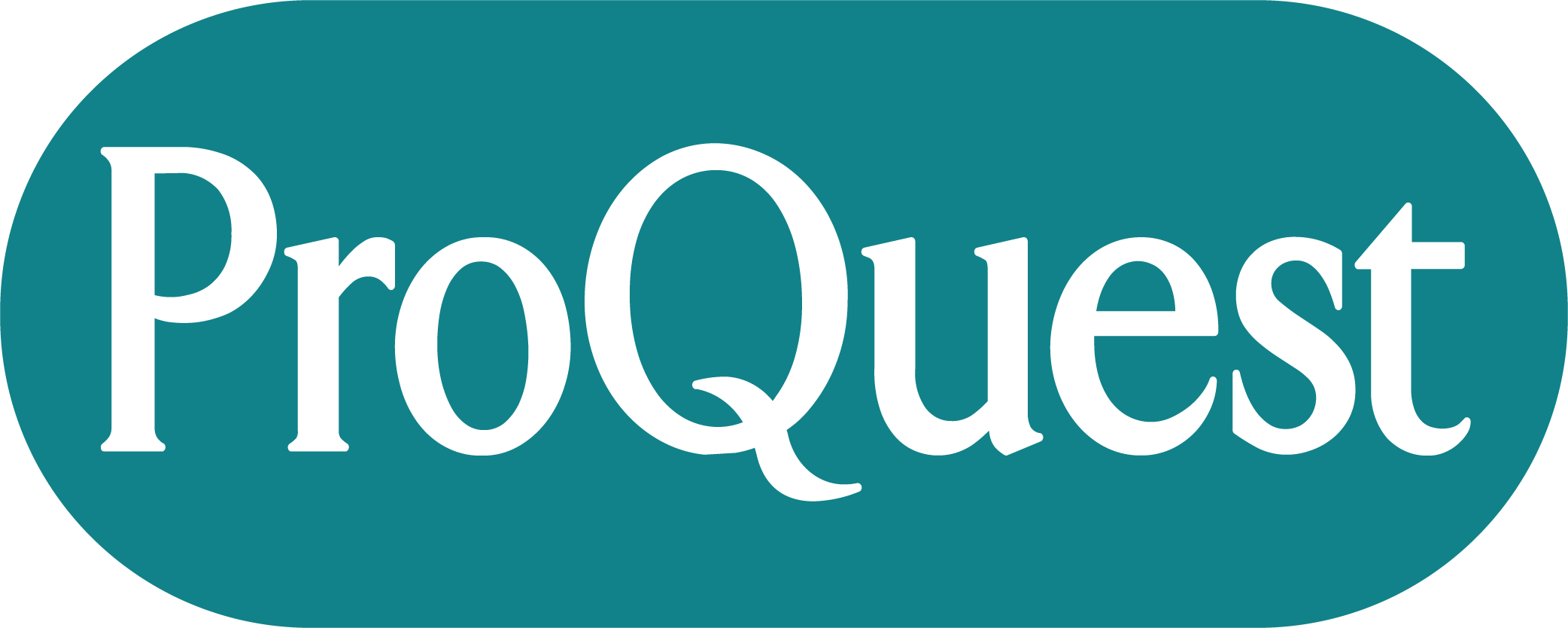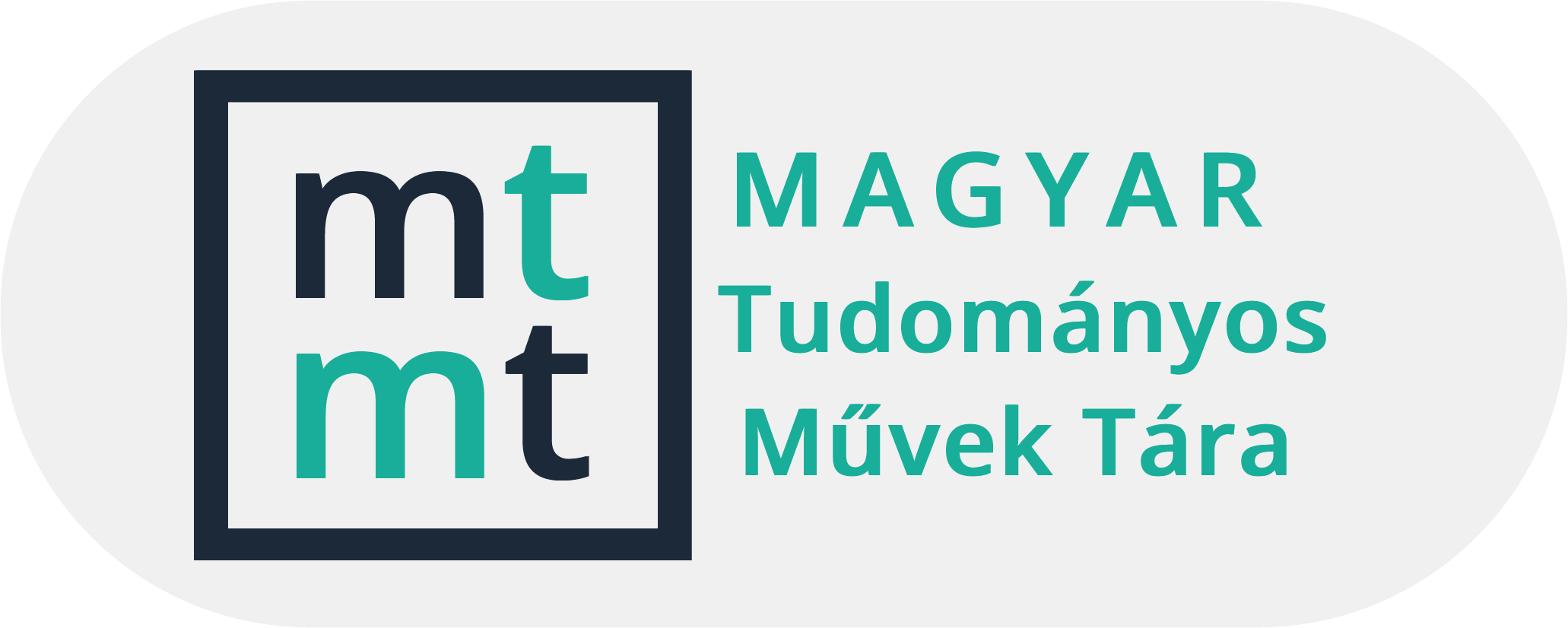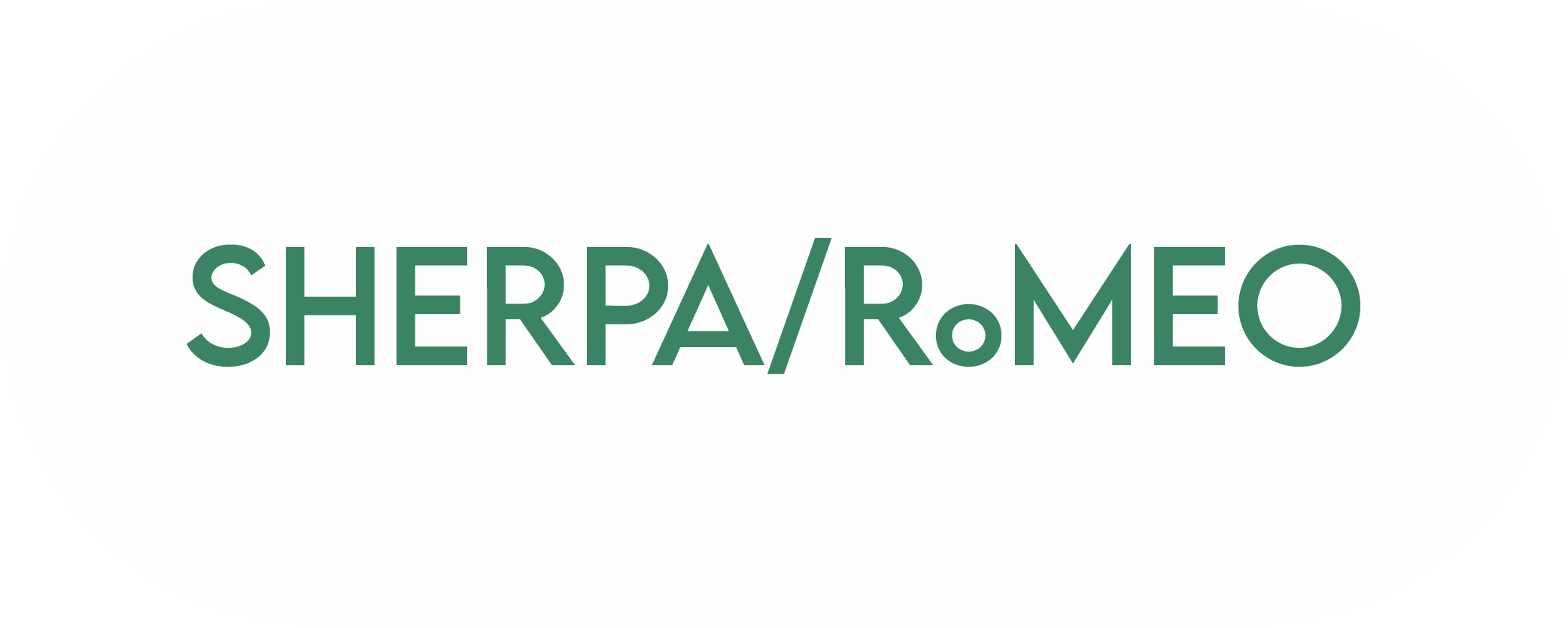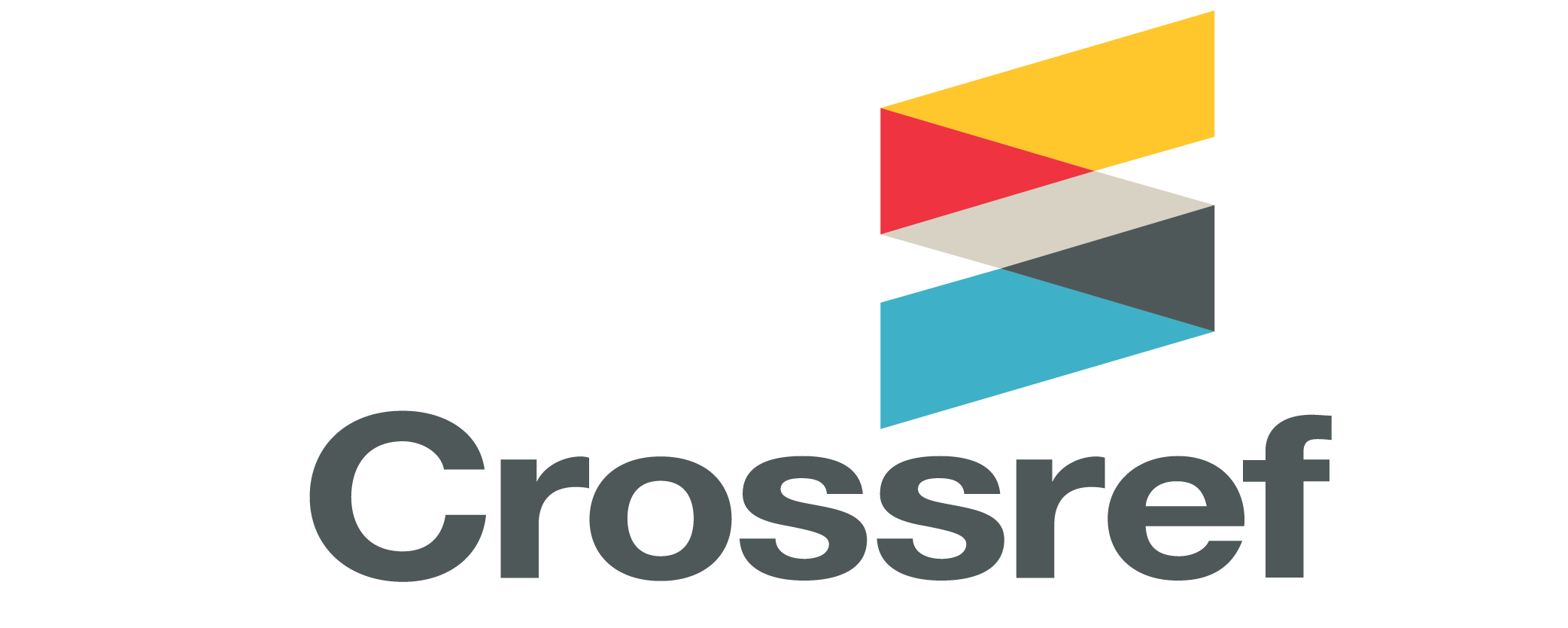Search
Search Results
-
Computer cooking vs. problem solving
35-58Views:245Computer cooking is a task-related phenomenon where students (end-users) must blindly follow a long list of orders without any connection to the content of the problem, if there is any. Despite its low efficacy, this method is widely used and accepted in informatics both in the learning-teaching process and testing. The National Base Curriculum 2020 in Hungary is in complete accordance with the ‘Informatics Reference Framework for Schools’, but the course books hardly use the latest results of computer education research. The present paper provides examples of how the results of computer education research can be integrated into teaching-learning materials and classroom practices and discusses the effectiveness and consequences of the different solutions, where tool-centred approaches are compared to problem-focused solutions.
Subject Classification: 94-01
-
Applications of methods of descriptive geometry in solving ordinary geometric problems
103-115Views:73The importance of descriptive geometry is well-known in two fields. Spatial objects can be mapped bijectively onto a plane and then we can make constructions concerning the spatial objects. The other significance of descriptive geometry is that mathematical visual perception of objects in three-dimensional space can be improved by the aid of it. The topic of this paper is an unusual application of descriptive geometry. We may come across many geometric problems in mathematical competitions, in entrance examinations and in exercise books whose solution is expected in a classical way, however, the solution can be found more easily and many times more general than it is by the standard manner. We demonstrate some of these problems to encourage to use this geometric method. Understanding the solution requires very little knowledge of descriptive geometry, however, finding a solution needs to have some idea of descriptive geometry. -
Illustrated analysis of Rule of Four using Maple
383-404Views:98Rule of Four, as a basic didactic principle, was formulated among the NCTM 2000 standards (see [14]) and since then it is quoted by numerous books and publications (see [4], [9], [12]). Practically we can say it is accepted by the community of didactic experts. The usage of the Rule of Four, however, has been realized mainly in the field of calculus, in fact certain authors restrict the wording of the principle to the calculus itself (e.g. [3]).
Calculus is a pleasant field, indeed. A sequence of values of a function provides us with example for numeric representation, while the formula and the graph of the function illustrate symbolic and graphical representations, respectively. In the end by wording the basic features of the function on natural language we gain textual representation.
This idyllic scene, however, becomes more complex when we leave the frame of calculus. In this paper we investigate the consequences of the usage of Rule of Four outside calculus. We discuss the different types of representations and show several examples which make the multiple features of representation evident. The examples are from different fields of mathematics and are created by the computer algebra system Maple, which turns out to be an excellent tool for illustration and visualization of the maim features of mathematical objects.
Next we introduce the concept of basic representation and rational representation, which is considered as the mathematical notion of "didactic usable" or "didactic rational" representation. In the end we generalize the notion of numeric representation, which leads us a more widely usable didactic principle which can be considered as a generalization of Rule of Four. -
Looking back on Pólya’s teaching of problem solving
207-217Views:421This article is a personal reflection on Pólya's work on problem solving, supported by a re-reading of some of his books and viewing his film Let Us Teach Guessing. Pólya's work has had lasting impact on the goals of school mathematics, especially in establishing solving problems (including non-routine problems) as a major goal and in establishing the elements of how to teach for problem solving. His work demonstrated the importance of choosing rich problems for students to explore, equipping them with some heuristic strategies and metacognitive awareness of the problem solving process, and promoting 'looking back' as a way of learning from the problem solving experience. The ideas are all still influential. What has changed most is the nature of classrooms, with the subsequent appreciation of a supporting yet challenging classroom where students work collaboratively and play an active role in classroom discussion.
Subject Classification: 97D50, 97A30
-
Consequences of a virtual encounter with George Pólya
173-182Views:178The consequences of a virtual encounter with George Pólya as a teacher are recorded. An instance of his influence on my mathematical thinking is recounted through work on one of the problems in one of his books.
Subject Classification: 01A99, 11A05, 97-03, 97D50
-
Béla Kerékjártó: (a biographical sketch)
231-263Views:72Kerékjártó published more than 70 scientific papers mainly in the field of topology. He achieved his most important results in the classical transformation topology and in the theoretical research of the continuous groups. He was the author of three books: Vorlesungen über Topologie; Euclidean geometry; Study on the projective geometry.
